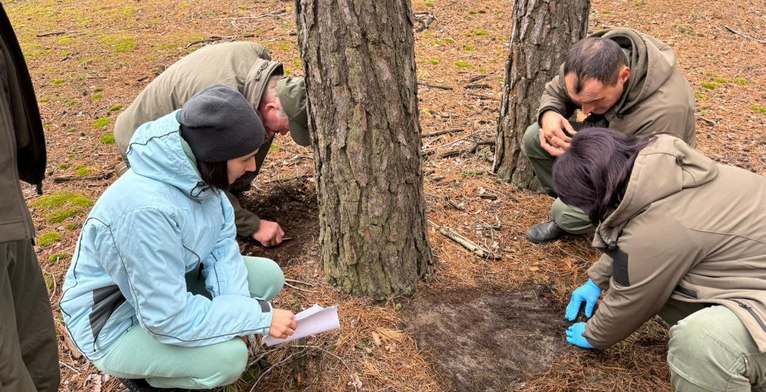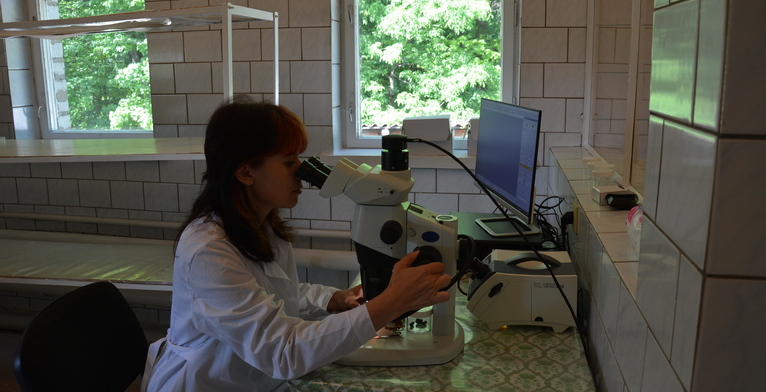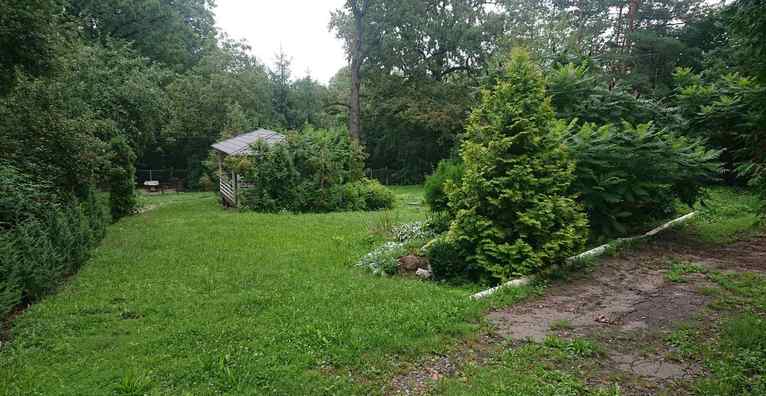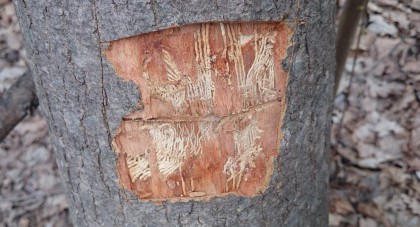In Dubrovnik (Croatia) on April 12-18, 2015, another conference was held within the framework of the European COST ACTION FP1103 FRAXBACK project "Ash Dieback in Europe: Developing Recommendations and Strategies for Sustainable Forest Management".
Four years ago, European scientists initiated a unique action - the international COST ACTION FP1103 FRAXBACK project "Ash Dieback in Europe: Developing Recommendations and Strategies for Sustainable Forest Management" to summarize data on this disease. The project involves 32 European countries, Canada, Japan, China, and the United States, and combines research on studying the ash pathogen and forest management methods to limit the spread of the disease. We have previously reported on conferences in this area. This time, another conference took place in Dubrovnik, attended by 122 representatives from 38 countries. Ukraine was represented by project experts, Director of SSE "Kharkivlisozakhyst", Ph.D. in Agricultural Sciences Kateryna Davydenko and Senior Lecturer of the Forest Pathology Department at Lviv Forestry University, Ph.D. in Biological Sciences Iryna Matsiakh. Information about the disease, and most importantly - photos and video materials can be viewed on the FRAXBACK project website - http://www.fraxback.eu/
The main research of European scientists is focused on studying the life cycle of the pathogen, virulence of individual strains, susceptibility of certain species and populations of the genus Fraxinus sp to infection, as well as developing recommendations to prevent negative consequences of the disease spread for forest ecosystems.
European scientists also pay considerable attention to disseminating information about the disease to foresters, forest landowners, farmers, city and village administrations, etc. - that is, everyone who has any relation to forests.
Mass dieback of ash stands in Europe caused by the pathogen Hymenoscyphus fraxineus (anamorph Chalara fraxinea) is now known in more than 25 European countries, and since 2010 - in Ukraine. Molecular methods have confirmed the presence of the pathogen in Kharkiv and Sumy regions (Davydenko et al., 2012), and by macroscopic characteristics - in samples from Lviv, Ivano-Frankivsk and Ternopil regions (Matsiakh I., 2014). The main symptoms of the disease include gradual crown dieback, necrotic spots on shoot bark, wood and leaf discoloration, leaf necrosis, premature leaf fall, and stem necrosis.







